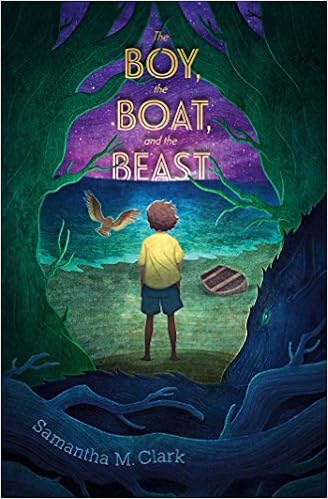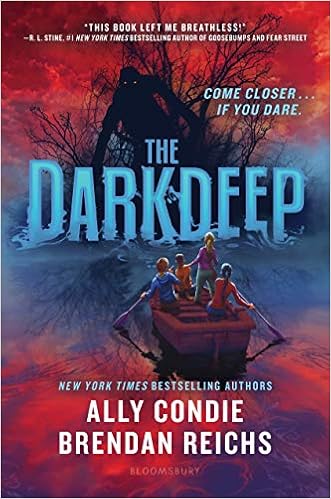 Ten year old Caleb Franklin and his older brother, Bobby Gene, are different from each other. Caleb longs to become someone distinguished and special and he can’t wait to leave the small town of Sutton, Indiana and go somewhere exciting. Bobby Gene is more like the boys’ dad—content to be ordinary, even extra-ordinary, which Caleb understands to mean extra-boring and extra-plain and extra-normal.
Ten year old Caleb Franklin and his older brother, Bobby Gene, are different from each other. Caleb longs to become someone distinguished and special and he can’t wait to leave the small town of Sutton, Indiana and go somewhere exciting. Bobby Gene is more like the boys’ dad—content to be ordinary, even extra-ordinary, which Caleb understands to mean extra-boring and extra-plain and extra-normal.
So, when Caleb and Bobby Gene meet Styx Malone, a new boy in town, sixteen years old and extra-cool, it’s Caleb who becomes Styx’s acolyte and hero-worshipper. Bobby Gene goes along with the plan to pull off a Great Escalator Trade and trade up to a motorbike that will take Caleb and the other two boys everywhere they want to go. But Caleb does more than just go along; Styx Malone makes promises that Caleb just can’t resist until the dreams and the price of those dreams get a little too high and a lot too dangerous.
What a great story! As Caleb follows the ultra-cool Styx Malone, we as readers get to see just how easy it is to be sucked into doing things and saying things we know are wrong. And there really are no villains in the story. Caleb’s parents are old-fashioned and ordinary, and they don’t really understand Caleb’s longing for the special and exciting. But the parents are good, involved parents, not villains. Bobby Gene tries to put the brakes on the boys’ adventures with Styx Malone, but Caleb is too blinded by his hero-worship to see the wisdom in Bobby Gene’s caution. Even Styx himself, who turns out to be a foster child who has been moved from home to home too many times, isn’t mean or bad kid. He doesn’t tell the boys all of the truth, and he gets them into situations that are at the very least borderline unethical. However, Styx just wants to provide the adventure that Caleb so desires. Styx Malone is the catalyst, but all three of the boys bear some responsibility for what happens.
It has been noted before that good stories provide an opportunity for us to try out different personas and courses of action and see how those decisions might play out in real life—without the danger of actually trying out risky behavior. The Season of Styx Malone provides just such an opportunity for readers to see how heroes can fail us and how our own desires can blind us to the truth. Caleb is a somewhat unreliable narrator because of this blindness, but he’s unfailingly honest. And eventually he and Bobby Gene see what the reader sees much sooner: A Cool Guy is just a regular guys with some extra confidence or bluster, and we all have to rely on our own conscience to make moral and ethical judgments. Or in other words, be careful whom you follow.
And we get all of this wisdom without its ever being stated, without a moral being given. Story really is the best way to internalize wisdom. I’m going to remember Caleb and Bobby Gene and Styx for a long time, and I’ll bet the children who read this book will remember them, too.







